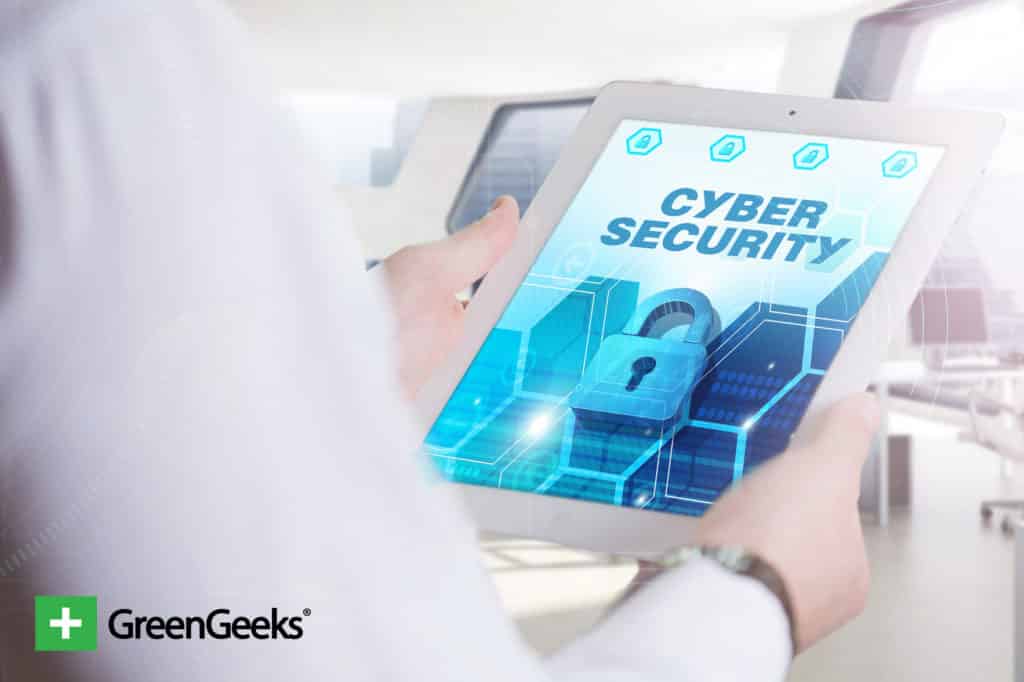
It’s October, and you know what that means. That’s right, it’s cyber security awareness month. That also means it’s time to pay closer attention to what security in the digital world means to you.
From managing a website to keeping your devices protected, cyber security is an important facet in 21st century life.
Today, we’re looking at the top 11 ways poor security in the cyber world can harm you. We’re also going to show you how to avoid those kinds of problems in the first place.
Why is Cyber Security So Important, Anyway?
The digital world is a dangerous place. Although the Internet gives you access to so much, it also gives hackers access to you. It’s more than just receiving spam emails begging for your bank account information.
Poor security practices could put your information in the hands of some shady people.
Cyber Security is Everyone’s Concern
While many businesses use strong security practices to reduce the risks to your information, it’s up to everyone to make these methods stronger. After all, you wouldn’t leave your car unlocked when you’re heading off to the mall for the day.
How often do you go to bed without locking your front door?
Your information is easily shareable across the Internet at nearly the speed of light, depending on network connections. In reality, someone on the other side of the world can steal your data in the blink of an eye.
Companies will do what they can to protect your information, but you should also do what you can to keep it safe as well.
1. Outdated Software

Content management systems are some of the most utilized platforms for developing websites on the Internet. These CMS applications include names like WordPress, Drupal and Joomla.
According to Sucuri, a leader in website security, as many as 80% of infected CMS websites were using out-of-date software.
Websites are not the only ways you can be hacked, either. Operating systems on your computer, mobile devices or even software running your wireless network at home are easy to compromise for hackers.
Updates to software are more than just fixing operational bugs. In many instances, these updates include fixes to vulnerabilities. In other words, using that old copy of Windows 7 without security updates turned on could compromise your personal data.
Even older software that has past its end-of-life mark can pose a serious threat to your digital security. So, holding onto that Windows XP machine because of a favorite budget program could leave you open to all kinds of attacks.
TIP: Constantly Update.
Keep all of your software updated. Whether you’re running WordPress for your website or using a desktop computer system, it’s vital that you keep all pieces of software current and up-to-date.
It’s also worth the investment to replace obsolete operating systems and software.
2. Not Understanding the Threat

One of the most common reasons why cyber attacks cause so much damage is because of the lack of proper understanding. A lot of people believe themselves to be immune from threats and don’t really put thought into how dangerous attacks can become.
Even something as simple as a web browser can lead to all kinds of problems in work and personal lifestyles. According to Kaspersky Lab, a leader in antiviral software, attackers used web browsers 62% of the time to spread mayhem.
TIP: Educate Yourself
Learn what you can about the different ways hackers can steal, corrupt or even destroy your information. Understanding the risks can help you make better decisions to keep yourself protected from more than just email scams.
3. Lack of Proper Protection

One of the leading causes to how hackers gain a foothold in your systems is due to improper protection.
Remember the comment earlier about not locking your door at night? Essentially, a lack of security software on your computer or website would be like removing that door entirely.
More than 304 million cyber attacks were recorded in 2015. Although most of these were thwarted, it puts it into perspective just how virulent attacks are in the world.
In fact, more than 27% of all malware pieces recorded throughout history were produced that same year.
TIP: Buy Reliable Security Programs
Investing in security and antimalware software is an investment into keeping yourself and your family safe from cyber thugs. According to experts, you have a 33% chance of being hacked before the year ends. Security software can help decrease that risk.
4. Effects of Ransomware
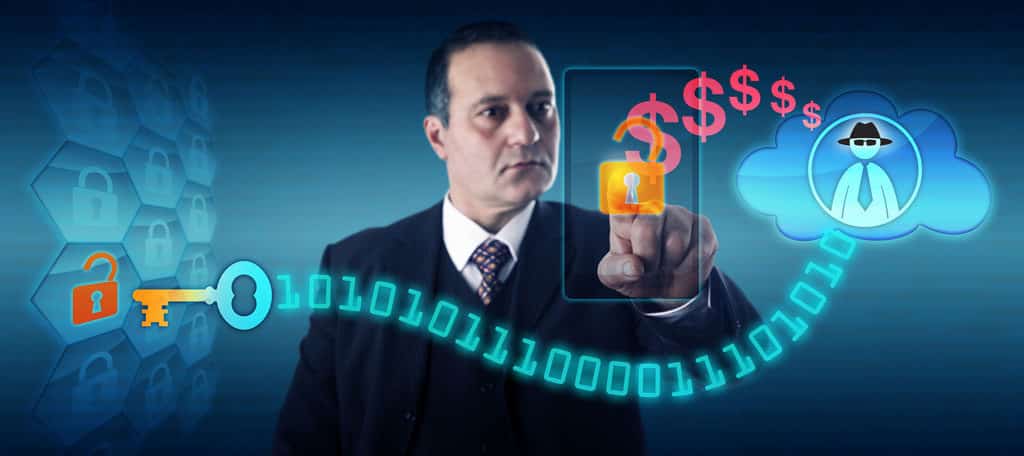
Ransomware has been around for quite some time, but it has grown exponentially since 2015. Essentially, this is when someone gains control of a database or computer system and blocks its use until a “ransom” is paid.
However, these kinds of attacks only happen in less than one percent of the time.
To put this into perspective, the Hollywood Presbyterian Medical Center’s network in Los Angeles was held hostage in 2016 until a $17,000 Bitcoin ransom was paid.
Because of the number of lives that are held in the balance from attacks like this, it’s much easier to extort money.
TIP: Use Strong Firewalls
Keep firewalls online and updates current. If you come across suspicious emails or programming, run anti-malware applications or seek professional help. Unfortunately, some attacks may require far more attention than what software can give.
5. Evolving Software
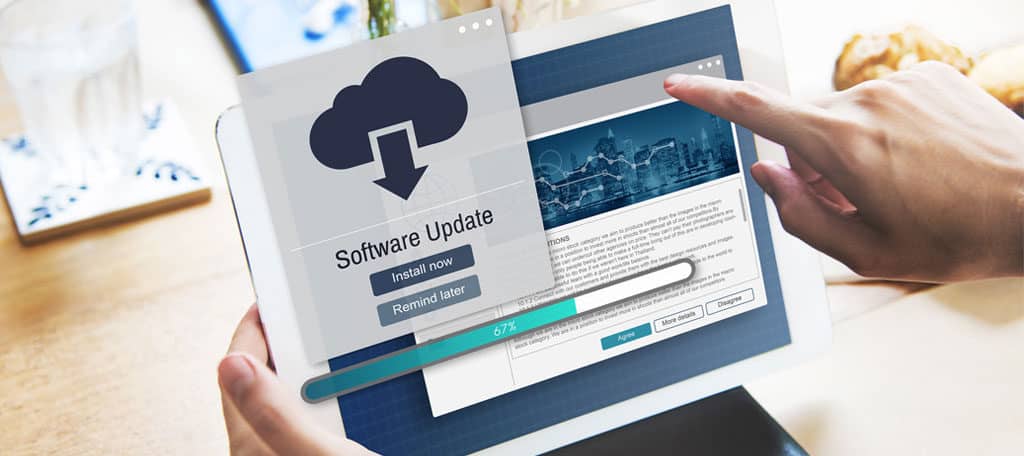
Some forms of attacks are extremely difficult to track down and stop, even for high-end software.
For example, a polymorphic virus delivers a new payload every time it expands. This means it essentially mutates each time making it very difficult to spot.
As many as 32% of computers with anti-virus protection are infected at any given time. This is often from new viral variants as well as polymorphic wares.
All it takes is a minor change in coding to help a virus become something new and undetectable.
TIP: Always Keep Anti-Malware and Other Apps Current
Update all of your applications regularly. Even things you don’t use that often, such as Adobe Flash or Java Runtime, can have vulnerabilities. This is why companies will often send out update requests to computers running those apps.
6. Carelessness through Email
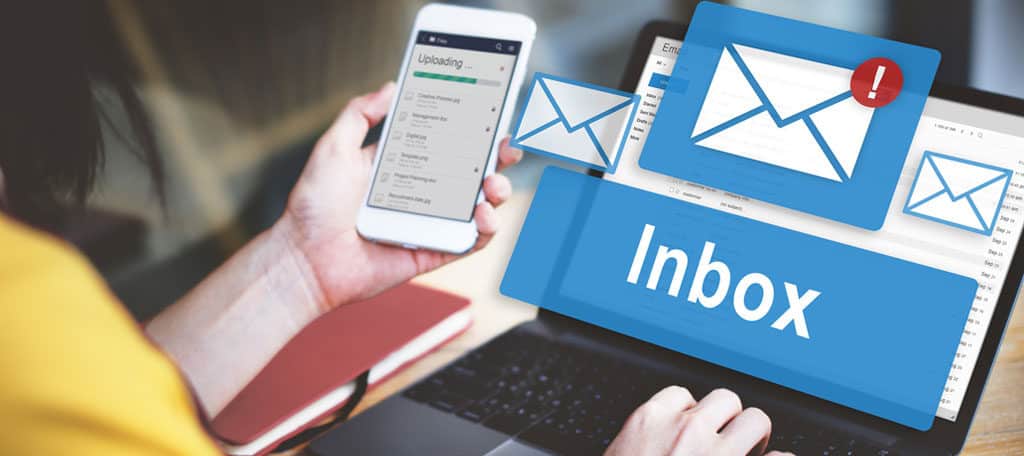
One of the most common forms of attacks from hackers is that of using email. Kaspersky Lab detected nearly 23 million fraudulent messages at the beginning of 2016.
Messages that may look legitimate are often points for the criminal element to steal information. This is called, “phishing.” In many cases, these messages are almost impossible to discern from the real thing.
Attachments are another common way that hackers infiltrate computer systems through email. Even the most innocent of files can become weapons against you. Many of these file types include ZIP, EXE and XLS extensions.
TIP: Be Wary of Unsolicited Email
Never open unknown or suspicious attachments in your email. If you didn’t specifically ask for the file to be sent to you, there is a good chance that it’s a form of an attack you want to avoid.
7. Unprotected Home Networks

A common problem that affects many people every year is an unprotected home network. In the world where the Internet of Things is common place , it’s easy to forget just how much cyber security you need in the house.
Approximately 25% of wireless networks are vulnerable to all kinds of attacks. However, many of these invasions come from people simply not using the security features that are available on the device.
As a result, every Internet-enabled unit in your home could become a target from someone nearby joining your network.
TIP: Use All Security Precautions
Update firmware on your devices when it becomes available. Also, keep your Wi-Fi networks protected with high-encryption methods and MAC address authentication if it’s available. And don’t underestimate the value of hiding your SSID.
Older wireless networks are just as sensitive to new attacks as older pieces of software. It may be worth the money to upgrade your system.
8. Social Media Behavior
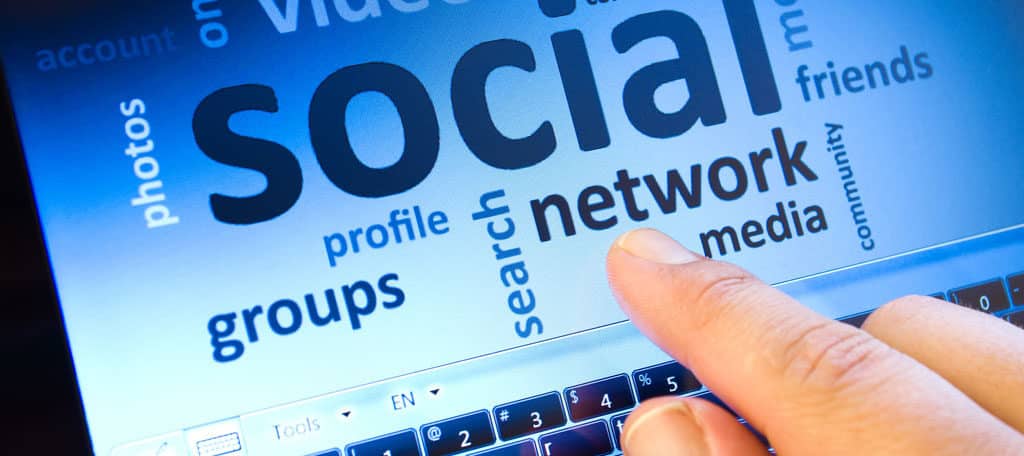
Even your activity on social media can become a target for hackers. Most of the time, this is through gaining access to an account.
Although most social sites implore high-degrees of security, sometimes the innocent-looking game on these sites will actually give hackers access to your credentials.
Some apps request permission to access your social media profiles and information. Once you tap that “Allow” button, it will retrieve login credentials immediately.
You’ve probably seen this in action when you sign up for a service or a website and it allows you to login with Facebook or Google Plus.
More than 64% of Internet users are accessing sites like Facebook and Twitter regularly. This has prompted the hacking community to target those platforms. Some of these include stealing passwords, “like”-jacking or even spreading criminal links to people through hacked accounts.
TIP: Don’t Trust Everything You See in Social Media
Always be on the lookout for suspicious links from friends and family. You may also want to be mindful about what applications you allow to have access to your social media accounts.
You could be handing someone over the keys to your proverbial front door in the cyber world.
9. Lack of Recovery
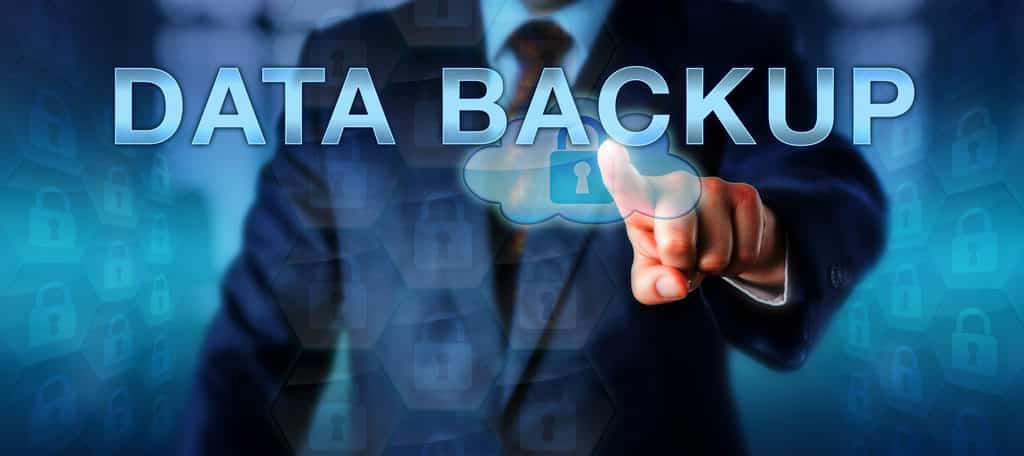
Another dangerous aspect to cyber threats is the inability to recover from a disaster. Think about it; if you were to lose everything on your computer hard drive today, what would you lose?
This could go far beyond the prospect of family pictures or your MP3 collection. Especially since many people now work from home.
In 2013, nearly 30% of surveyed individuals admit to never backing up their data from a computer system.
Today, there are many Cloud-based platforms that make this far easier than it was in the past. Things like Dropbox can make recovering information quick and easy.
TIP: Always Have a Backup
Invest in a system that delivers regular backups and an easy recovery system. Even if a hacker does destroy your information, you can easily replace it all with the right platform.
In some instances, this can all be done automatically or with a drag-and-drop platform.
10. Infections from Work
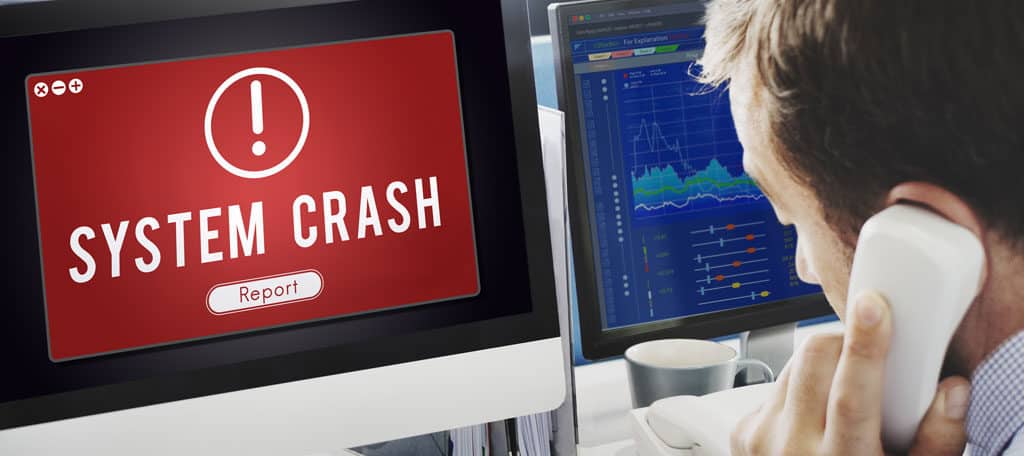
A growing trend in the business world is the use of bring-your-own-device platforms. This is when you use your own computers, smartphones and tablets while at the workplace.
This saves the organization a great deal of money in the short-term. However, it can lead to a variety of problems on an unprotected network.
Approximately 24% of surveyed companies state how BYOD policies are the root cause to security breaches. Not everyone uses their devices in appropriate ways. And this can lead to compromising internal security.
TIP: Don’t Skimp on Security Software and Settings at Work
Do your part to protect and update your own technology. Your company can only do so much, and new variants of malware are released every second. Keeping your unit safe helps the company keep everyone else safe as well.
You don’t want to be known as the one that put your organization in danger.
11. The Human Element

Even the strongest security measures can’t compete against the human element. In many instances, people were the ones responsible for losing their own information or becoming victims.
Hackers prey on those who are easy to persuade or don’t have a grasp of how to protect themselves.
Even the most seasoned of experts can be fooled by the occasional piece of malware. Some look so convincing that you would assume it was legitimate. As there are nearly one million new pieces of malware active on a daily basis, it can be difficult to keep up.
TIP: Always Continue to Learn
Apply everything you have learned here today. Knowledge and understanding are two of the best tools to use when trying to keep your information safe. Don’t let yourself be a target of cyber criminals.
Make sure you keep your door shut and the deadbolt locked.
Be Vigilant of Your Online Security
Protecting your information in the digital world can seem like quite a chore at times. Unfortunately, it’s the price we pay for staying connected to the world. As long as you stay aware of these kinds of issues, you can keep yourself protected year round.
Don’t wait until the next cyber security awareness month to put thought into protecting yourself. A lot can happen in the digital world inside of 12 months.
